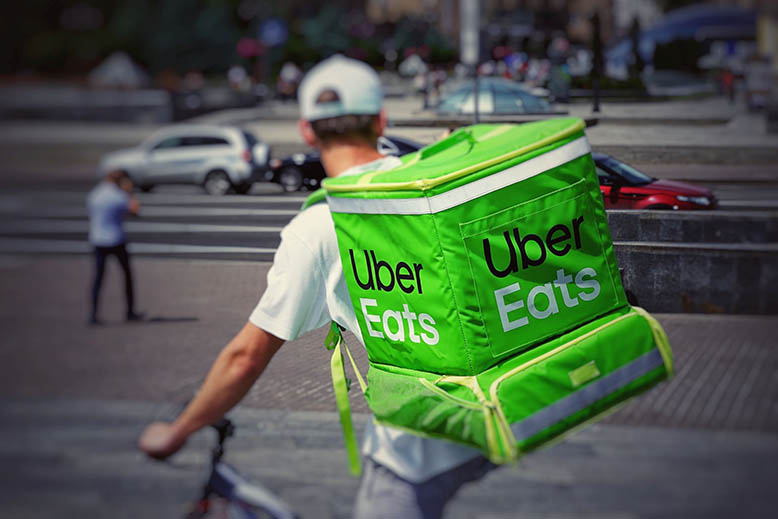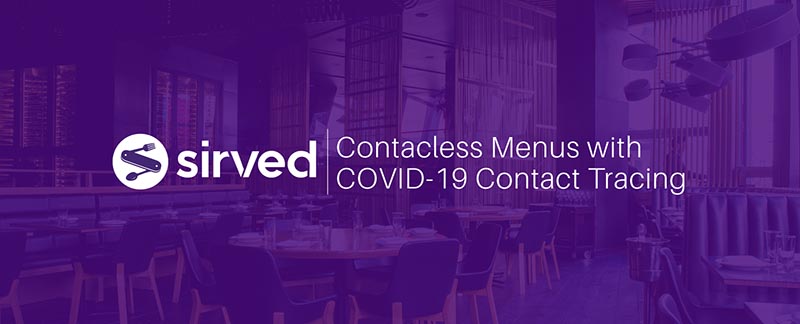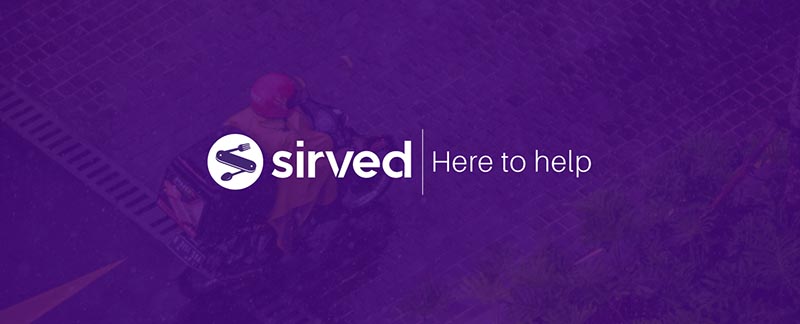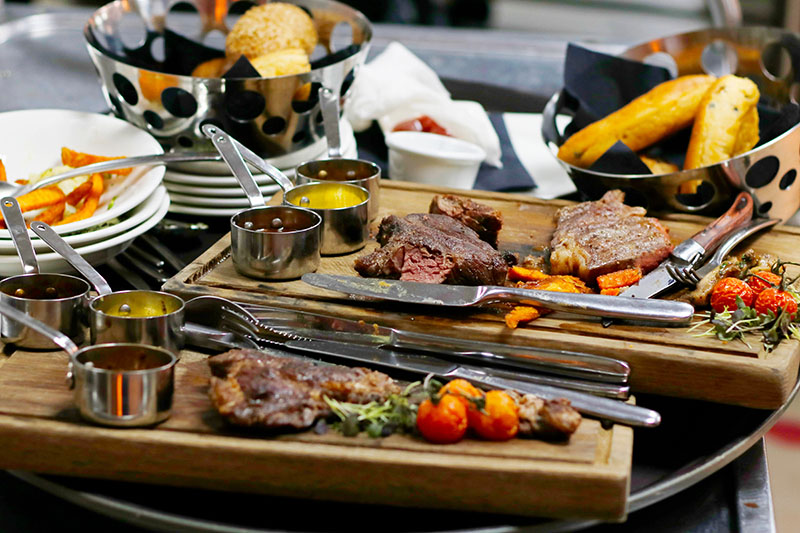
Which Third-Party Delivery Service is Best for Your Restaurant?
You can’t escape it. Food delivery apps like DoorDash, GrubHub, SkipTheDishes, and Uber Eats are everywhere these days. And the pandemic has only accelerated their popularity. When Covid-19 first arrived on the scene in 2020, the North American online food delivery industry was valued at $18.5 billion. By 2026, it’s expected to reach as high as $33.7 billion. The industry is growing at a continued annual growth rate (CAGR) of 10.5%, and it doesn’t show any signs of slowing.
Are you profiting from this trend? Have you started offering delivery services to your customers yet? If not, it might be time to give it some serious thought. Below we’ve listed the top four players in the U.S. and Canadian food delivery spaces so you can easily compare them and choose the best one if you decide to go that route. Then we explore some of the pros and cons of partnering with a third-party delivery provider to further assist you in making this decision.
Note: Third-party food delivery services frequently change their fee structures. Please consult with each provider directly to confirm their pricing before making any decisions.
DoorDash
With a U.S. market share of 59% in 2022, DoorDash is currently the market leader in the U.S. food delivery industry. What does this mean for you? They have a huge reach (over 85% of the population). They also offer a 30-day free trial so you can try the service (and its tablets/hardware) with no obligation. After that period, they charge a commission of 15% to 30% on delivery orders (and $6/month to rent their tablets/hardware). DoorDash doesn’t charge any activation fees but beware of additional costs that can include revenue shares as high as 30%.
One advantage of choosing DoorDash as your delivery partner is that you can use their technology to set up an online ordering system on your website that doesn’t involve any monthly fees or contracts.
Uber Eats
Uber Eats offers several pricing plans that provide different benefits (e.g., how visible your restaurant will be on their app.) Depending on the plan you choose, you’ll pay between 15% and 30% for delivery orders, plus an activation fee of $350. The company also collects a service fee (a percentage of your Uber Eats sales) that covers credit card fees, support costs, and more. While there’s clearly a cost, Uber Eats allows you to connect with delivery people via its Uber platform (which enables the customer to track their order progress in real-time on a map). You can also choose to use your own delivery staff instead.
As a side note, Uber Eats merged with Postmates in July 2020, making Uber the second-largest player in the U.S. space behind DoorDash.
SkipTheDishes
One of Canada’s most popular food delivery service providers, SkipTheDishes partners with more than 30,000 restaurants and counts millions of folks as customers. There’s no charge to set up an account with Skip; however, the commission fee for delivery orders ranges between 20% and 30%. The exact fee you’ll have to pay will depend on several factors, including your location, how many orders you expect to do every week, the plan you select, and so on. You also have the option to pay Skip for a tablet they’ve set up for you (or you can choose to use your own).
One drawback to using SkipTheDishes is that its platform is pretty crowded (and hence, competitive). The company keeps its algorithms secret but there are known steps you can take to ensure a higher ranking. Meanwhile, one advantage of the service is that it easily integrates with common POS systems like TouchBistro, Square, and Lightspeed, among others.
GrubHub
Like DoorDash, GrubHub gives restaurants a free 30-day window to trial their delivery service to see if it works for them. After that, the company charges a base fee of 10% for delivery, a processing fee of 3.05% + $0.30, and a 20%+ marketing fee for orders placed through its app or website. There’s no activation fee to worry about, and the company provides its partners with a free tablet they can use to manage orders. GrubHub differentiates itself from the other services by providing its partners with a large selection of educational materials and marketing tools (like loyalty programs and advertising solutions).
Should You Keep Your Delivery Service In-House?
While it might feel like every restaurant you know is jumping on the third-party delivery bandwagon, there’s always the option of keeping your delivery service in-house too. Let’s briefly discuss some of the pros and cons of using an outside delivery service.
One advantage of outsourcing your deliveries is that it makes things easier for your staff. You don’t have to hire people to make the deliveries or worry about obtaining and maintaining delivery vehicles, which reduces overhead costs. Another advantage is that you receive access to lots of new customers, which can boost sales and revenue. Delivery apps usually extend the reach of restaurants, many times dramatically.
As amazing as all this sounds, however, there are costs (as outlined above). Paying 15% to 30% commissions on all delivery orders is quite a financial hit to take, on top of other potential costs (like activation fees). And sometimes restaurants get stuck footing the bill for promotions third-party delivery providers run too.
One of the biggest drawbacks of using a third-party delivery service provider is that you must give up control of most of the customer’s experience. If the delivery gets messed up, your restaurant’s reputation bears the brunt of your customer’s dissatisfaction, not Uber Eats, GrubHub, or DoorDash.
There’s definitely a lot to consider as you decide whether or not to offer delivery services. While capitalizing on this trend can be very profitable, it’s crucial to research your options thoroughly before making a final decision. Each of the three main players in the space offers different benefits and charges varying fees. You might even choose to keep your delivery service in-house. Ultimately, every restaurant owner must carefully weigh the advantages and disadvantages before making a final decision.

 blog
blog



